Popular games for collection Final Fantasy IV
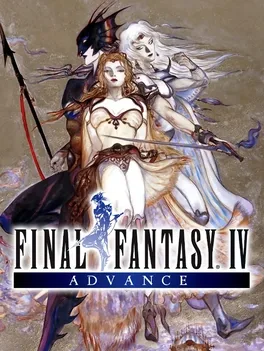
Final Fantasy IV Advance is largely based on the WonderSwan Color version. Some changes include the addition of character portraits in text boxes, the ability to switch party members, increased difficulty, and new dungeons with new items and weapons along with new bosses. The script received a re-translation more faithful to the original material. The Quicksave, which allows the player to save the current position (regardless of where) in a file that is deleted upon loading, is featured.
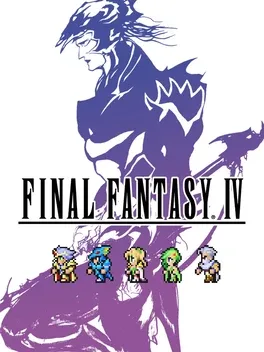
The original Final Fantasy IV comes to life with completely new graphics and audio! A remodeled 2D take on the fourth game in the world-renowned Final Fantasy series! Enjoy the timeless story told through charming retro graphics.
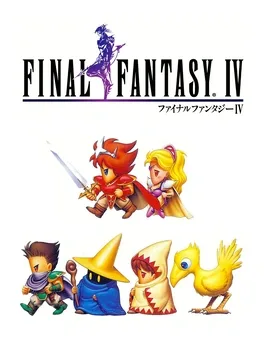
FINAL FANTASY IV is the fourth main installment in the FINAL FANTASY series, developed and published by Squaresoft. It was released in July 1991 for the Super Nintendo Entertainment System in Japan, and released as FINAL FANTASY II in North America in October 1991 with alterations made due to Nintendo of America's guidelines at the time.
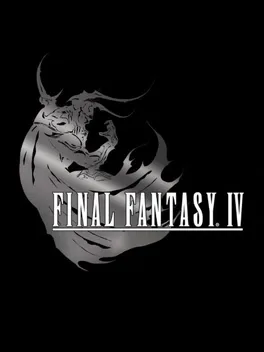
FINAL FANTASY IV is a 3D remake of the classic Japanese RPG that was first released for SNES as FINAL FANTASY II in the North America. Unlike the many subsequent ports (to Playstation, GameBoy Advance, etc.), this release is a full remake, programmed from scratch with real-time 3D graphics. The characters have a "super-deformed" touch. There is also voice acting during cut-scenes. A new option has been added to the menu, which allows the player to read a conversation between party members and receive advice from them. It also features many gameplay additions. The difficulty level has been increased, not only beyond the difficulty of the Western SNES release (which was reduced compared to Japanese original and subsequent ports), but even beyond the original difficulty. The party members are still bound by class, but they can now hunt for so-called "augments", which can be found or stolen from enemies and which grant the characters additional bonus abilities, resistances, spells that their class would normally not allow, etc. Beside those major changes, there are also plenty of minor additions. It is possible to obtain bonus items after exploring every corner and filling 100% of an area map; Rydia, the summoner girl, has a new monster summon who can be customized in various ways; there is a new quest involving the "naming" moogle of the original game, etc.
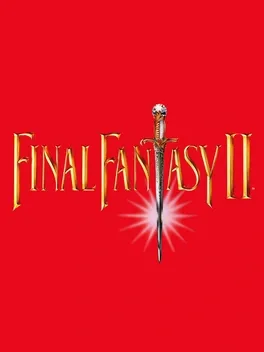
The fourth entry in the Final Fantasy series was released as Final Fantasy II in the West, because the second and the third games were not released there at the time. The game is a Japanese-style RPG with top-down world map navigation, automatic leveling up, and random enemy encounters.
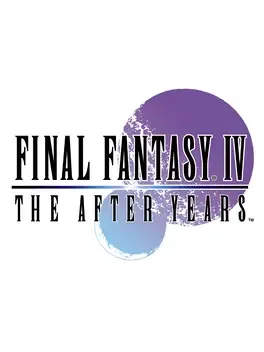
FINAL FANTASY IV: THE AFTER YEARS is a direct sequel to FINAL FANTASY IV. It is a Japanese-style role-playing game released in episodic format. The game uses mechanics, assets and graphics from various releases of FINAL FANTASY IV. The characters travel across the world map (although the whole map only becomes accessible in the final Tale The Crystals) fighting random enemies, enter towns to rest, buy equipment and talk to other characters, go to various dungeons for items and boss fights. The battles use the same Active Time Battle (ATB) system from FINAL FANTASY IV, but it is improved in several ways. The class system from FINAL FANTASY IV largely remains the same but it has been tweaked and many new abilities have been added to the characters. The WiiWare port of the game features several graphical enhancements over the mobile version, including larger screen resolution, clearer menu screens and fonts, and improved character portraits. The English localization follows the precedents set by the DS remake of Final Fantasy IV, featuring similar writing and making use of the same translations of names and terminology. A few edits have been made to the English version, including the modification of Ceodore's official character artwork to Westernize his face, as well as alterations to several female characters in order to make their clothing less revealing.
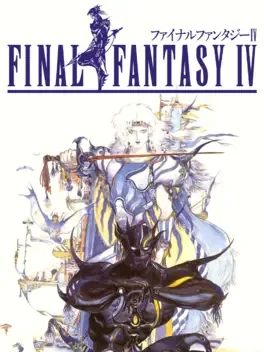
A port of Final Fantasy IV for PlayStation that adds an opening and ending FMV cutscene as well as some gameplay improvements such as the ability to run in dungeons and towns. It is largely based on the original Japanese release for the Super Famicom but includes some of the changes made in the Final Fantasy IV Easy Type release. Due to the CD-ROM format of PlayStation it has longer load times in comparison to the Super Famicom versions. The North American version, which is only available as part of the Final Fantasy Chronicles and Final Fantasy Anthology compilations, came with a brand new English localization. Although certain translated lines from the previous localization by Kaoru Moriyama, such as "You spoony bard!", were kept, as they had become fan favorites.
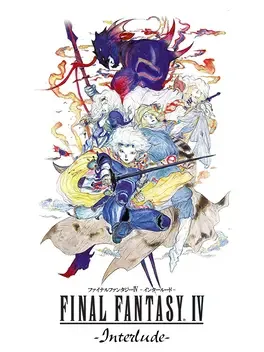
Final Fantasy IV -Interlude- is a bonus feature side-game bundled in Final Fantasy IV: The Complete Collection with Final Fantasy IV and Final Fantasy IV: The After Years. It can be played and completed independently of either game from the main menu, and covers events that link the two games.
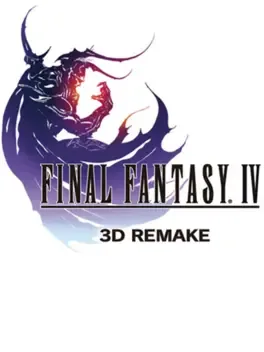
FINAL FANTASY IV was the first title to introduce the Active Time Battle (ATB) system, which has become synonymous with the series. It also saw the introduction of the Augment system, which enabled the transfer of abilities from other characters and gave players an edge in battles. The remaster of Final Fantasy IV (2007) features a new Hard mode, autosaves, rebalancing, a new UI, and higher resolution visuals
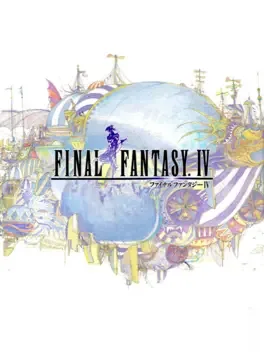
A port of Final Fantasy IV for WonderSwan Color released only in Japan. It is largely based on the PlayStation port while lacking its FMVs and having a decreased screen resolution, and down-sampled music and sound effects to meet the specifications of the device. The WonderSwan Color port introduces a number of graphical enhancements to character sprites and backgrounds by providing additional details and color shading. The original character portraits were replaced with new, smaller portraits. Also, certain boss sprites were changed to those featured in the Japanese Easy Type version of the Super Famicom game. The game features a revamped difficulty different from both the original and the Easy Type versions.
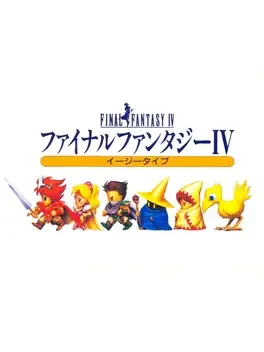
The original Final Fantasy IV was altered in several regards to reduce the difficulty level for Final Fantasy IV Easy Type, a version exclusive to Japan. Various spells, abilities and items were removed or altered, shop prices were lowered, and other tweaks to make the game easy were put in place. Many enemies, attacks and items were renamed. It is often thought the original North American translation was a translation of Easy Type, but the translated version was developed before Easy Type, and the difficulty is reduced further in Easy Type than in the North American version. This led to speculation that Easy Type was based on the North American Final Fantasy II rather than vice versa. Another aspect Easy Type changed is some of the text, which was simplified to make it easier for younger Japanese players to read and to help bring the point of certain comments across more clearly. For example, when Palom clears the fire on Mt. Ordeals with his Blizzard spell and brags about it, Porom reminds him that the Elder of Mysidia taught them they should not be haughty. The word for "haughty" was replaced with the word for "arrogant", as "haughty" is not a common word in an average child's vocabulary.
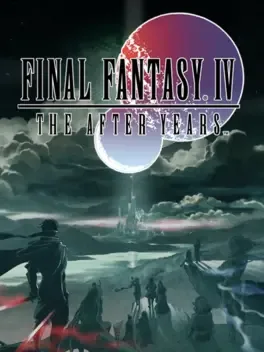
A 3D remake of Final Fantasy IV: The After Years, the epic sequel that unfolds nearly two decades after the events of Final Fantasy IV, based on the same engine used for the 3D remake of Final Fantasy IV. New features in the 3D remake include a New Game+, achievements, and auto-save functionality. However some content from the original game as been removed such as the "Challenge Dungeons" and the "Developers' Room".
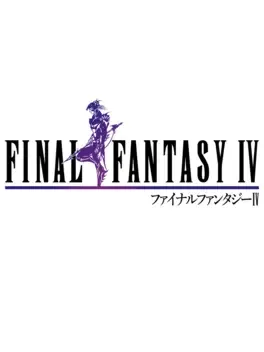
A mobile phone port of Final Fantasy IV that was released for different mobile platforms in Japan only. It includes a whole new "EX Dungeon", a redesigned version of the Lunar Ruins with a number of story changes, and new items introduced in Final Fantasy IV: The After Years.